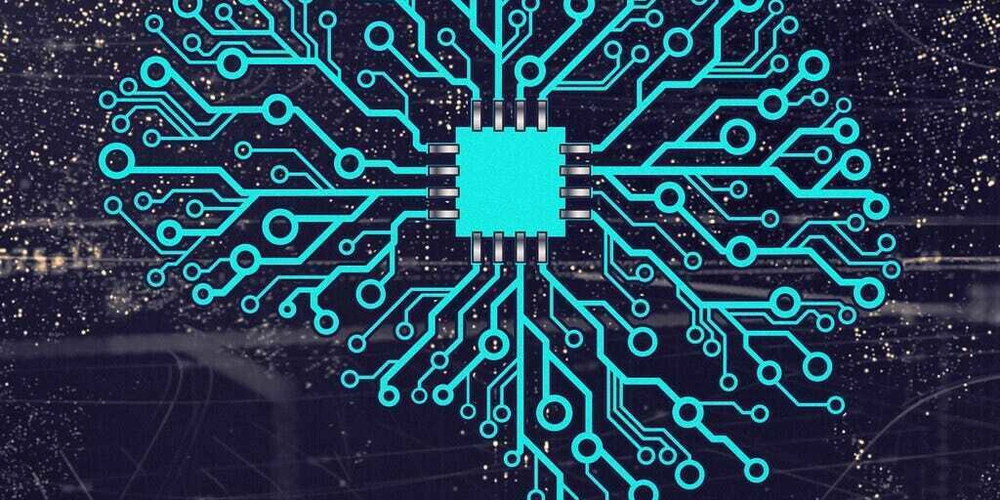Dev
3w
269

Image Credit: Dev
Neuromorphic Computing: Brain-Inspired Tech You Should Know About
- Neuromorphic computing mimics the structure of the human brain, combining memory and computation for efficiency.
- Key characteristics include event-driven architecture, low power consumption, real-time learning, and fault tolerance.
- Benefits in 2025 include energy efficiency, real-time processing, on-chip learning, scalability, and robustness.
- Use cases span healthcare, autonomous vehicles, defense, aerospace, edge AI, and more industries.
- Major players like Intel, IBM, BrainChip, and SynSense are driving developments in neuromorphic computing.
- Challenges include lack of standardized tools, difficulty in training networks, and compatibility issues.
- Neuromorphic AI offers ultra-low power usage, event-driven processing, and native real-time learning.
- Future trends include commercialization, hybrid systems, and new software tools to advance neuromorphic computing.
- As demand for intelligent and energy-efficient systems grows, neuromorphic computing is poised to play a crucial role in modern tech.
- While not replacing traditional models, neuromorphic systems offer unique advantages for responsive, adaptive, and efficient computing applications.
Read Full Article
16 Likes
For uninterrupted reading, download the app